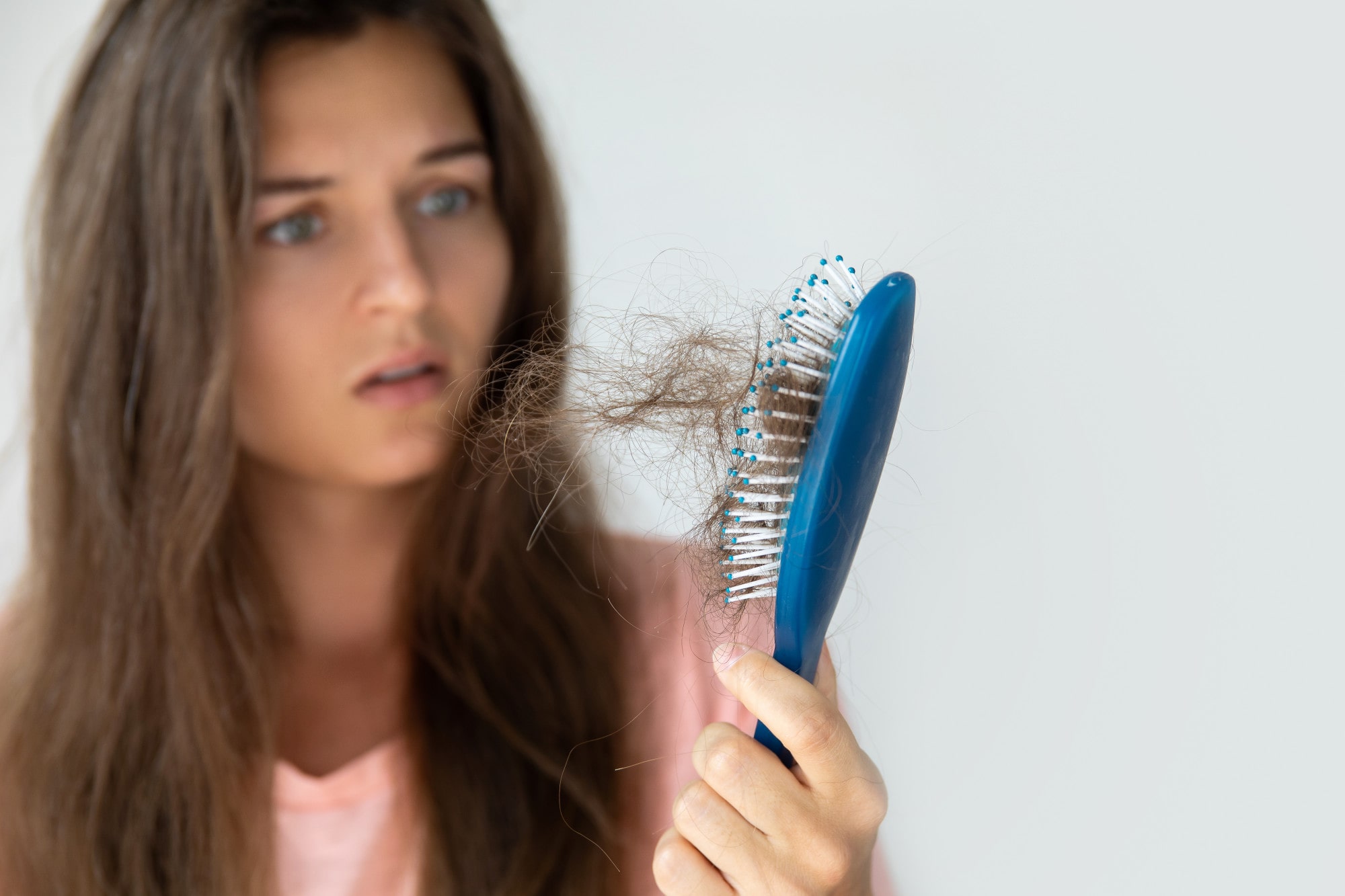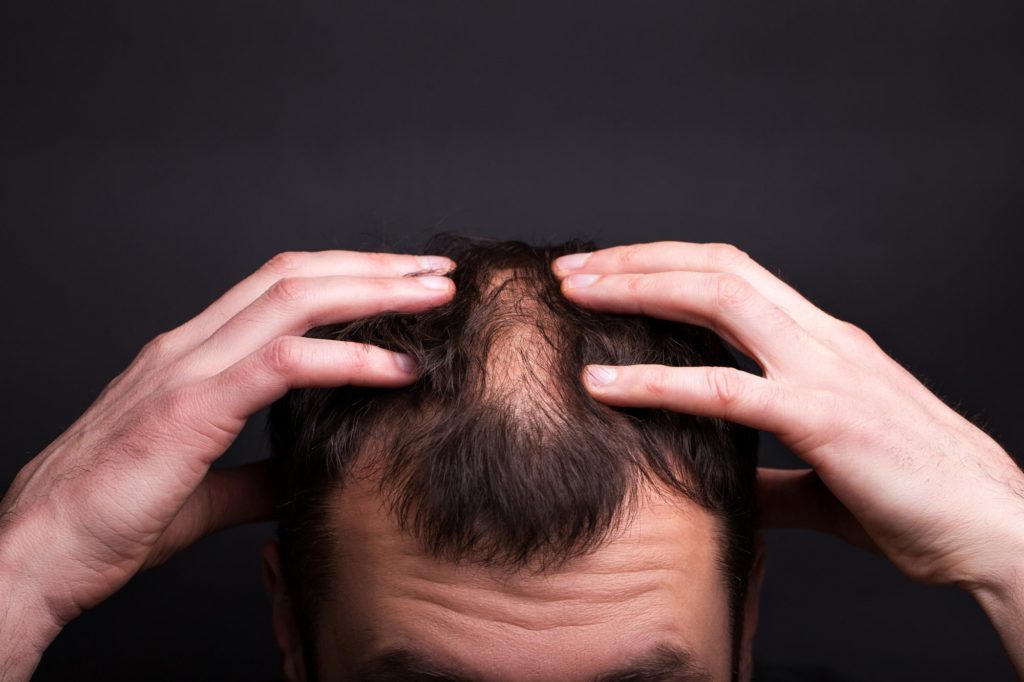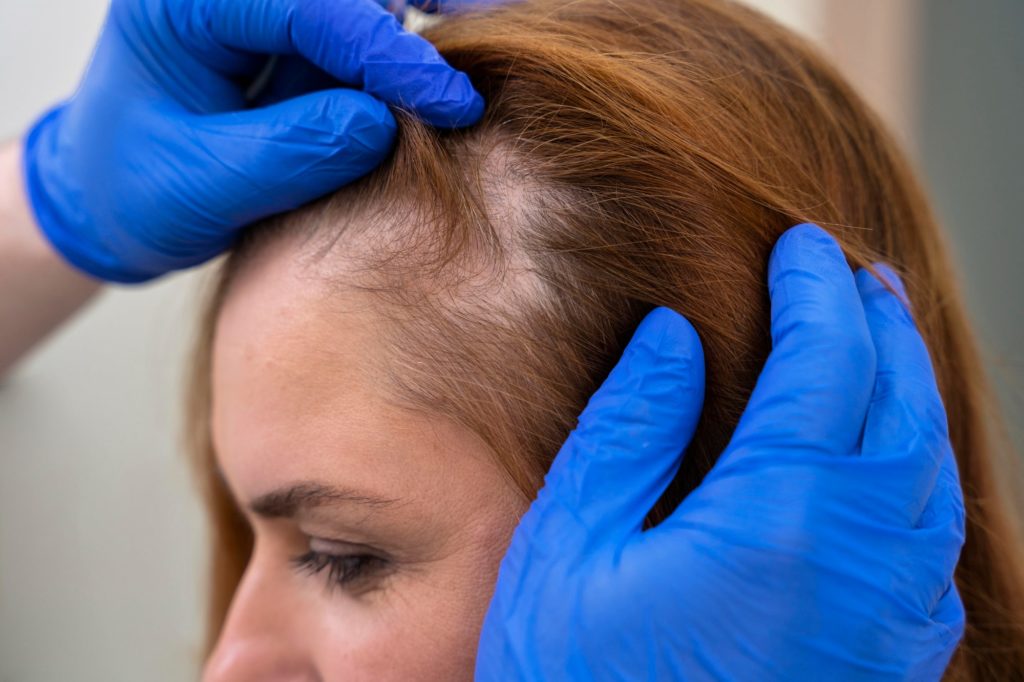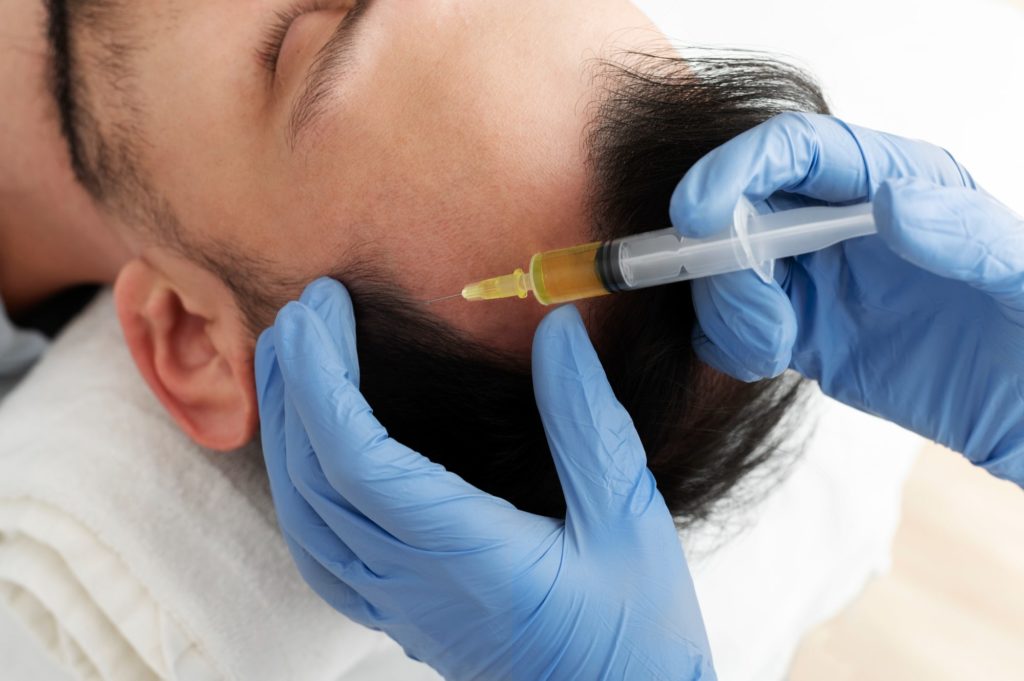
The Hair Transplant Clinic in Nice is the hair transplant specialist in Nice. It is a hair restoration procedure that offers a glimmer of hope to people suffering from permanent baldness, diffuse hair loss or scarring.
Understanding Alopecia: Causes, Symptoms and Treatments in Nice
Alopecia, a condition that affects millions of people worldwide, is often synonymous with worrying hair loss. However, thanks to advances in aesthetic medicine, solutions such as PRP and PRF treatments offer hope to sufferers. Let’s discover in three chapters how alopecia affects men and women, as well as the innovative treatments that are gaining in popularity.

Alopecia in men
Men’s hair transplant clinic in Nice
Male alopecia, also known as male pattern baldness, is a common condition that affects the majority of men at some point in their lives. It is generally attributed to the genetic sensitivity of hair follicles to the hormone dihydrotestosterone (DHT). Over time, these follicles become smaller and produce thinner hair, eventually leading to visible hair loss.
Typical symptoms of alopecia in men include recession of the temples, the formation of a bald crown at the back of the head, and eventually fusion of these areas, leaving a band of hair at the sides and back. Loss of self-confidence can accompany this condition, which is why many men turn to hair restoration solutions.






